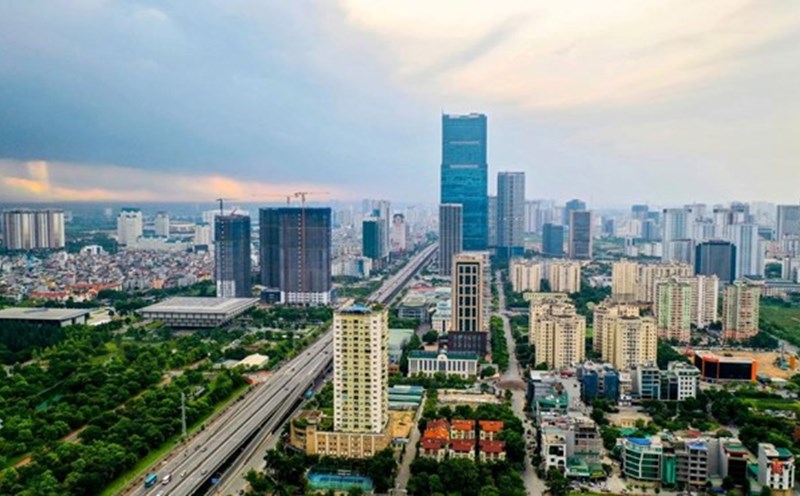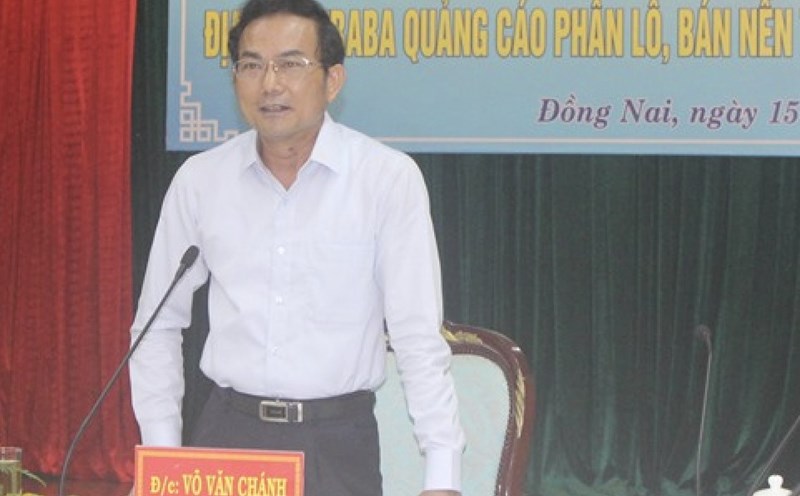On March 21, the Ho Chi Minh City Department of Transport urgently sent an official dispatch to the Ho Chi Minh City Department of Construction on reviewing, updating and adding the high-speed urban railway line connecting the center of Ho Chi Minh City with Can Gio district to the project to adjust the general planning of Ho Chi Minh City to 2040, with a vision to 2060.
This move is to speed up the project progress proposed by Vingroup Corporation with a total investment of more than 4 billion USD.
In the document, the Ho Chi Minh City Department of Transport stated that according to the announcement of the conclusion on March 19, 2025 of the Government Office at the 16th meeting of the State Steering Committee for important national projects and works, key to the transport sector, the Prime Minister requested Ho Chi Minh City to urgently organize research and implementation of urban railway projects to Can Gio and Ho Chi Minh City to Long Thanh airport.
At the same time, calling on investors and contractors with capacity to participate in investment, report to the Prime Minister in April 2025.
In the Ho Chi Minh City planning for the period 2021-2030, with a vision to 2050, the urban railway line connecting the center of Ho Chi Minh City with Can Gio district (route No. 12) has been established with a total length of about 48.7km.
The route starts from Nguyen Van Linh Street (District 7), passes through Nguyen Luong Bang, Rung Sac and ends at the 39ha land adjacent to Can Gio coastal urban tourism area.
On March 17, 2025, Vingroup Corporation sent a document to the Ho Chi Minh City People's Committee and the Ho Chi Minh City Department of Transport proposing to invest in a high-speed urban railway line connecting the center of Ho Chi Minh City with Can Gio district.
According to the proposal, this railway line will have a double track, 1,435mm gauge, running at an elevation, with a length of 48.5km, and a design speed of 250km/h.
The route is capable of transporting 30,000 - 40,000 passengers per hour in each direction. The project preparation and implementation phase is expected to take place from 2025 to 2028.
In order to create a legal basis for the project, the Ho Chi Minh City Department of Transport has requested the Department of Construction to preside over and coordinate with relevant units to review and study the updating of this railway line into the Ho Chi Minh City master plan to 2040, with a vision to 2060, and send it to the Ministry of Construction for appraisal and submission to the Prime Minister for approval.
At the same time, add the project to the investment portfolio for the period before 2030 in the decision approving the adjustment of the general planning of Ho Chi Minh City to 2040, with a vision to 2060.
The addition of this plan will help Ho Chi Minh City have a sufficient legal basis to organize research on the urban railway project connecting the center of Ho Chi Minh City with the Can Gio coastal urban tourism area. Thereby, Ho Chi Minh City can call for capable investors to participate according to the direction of the Prime Minister.











